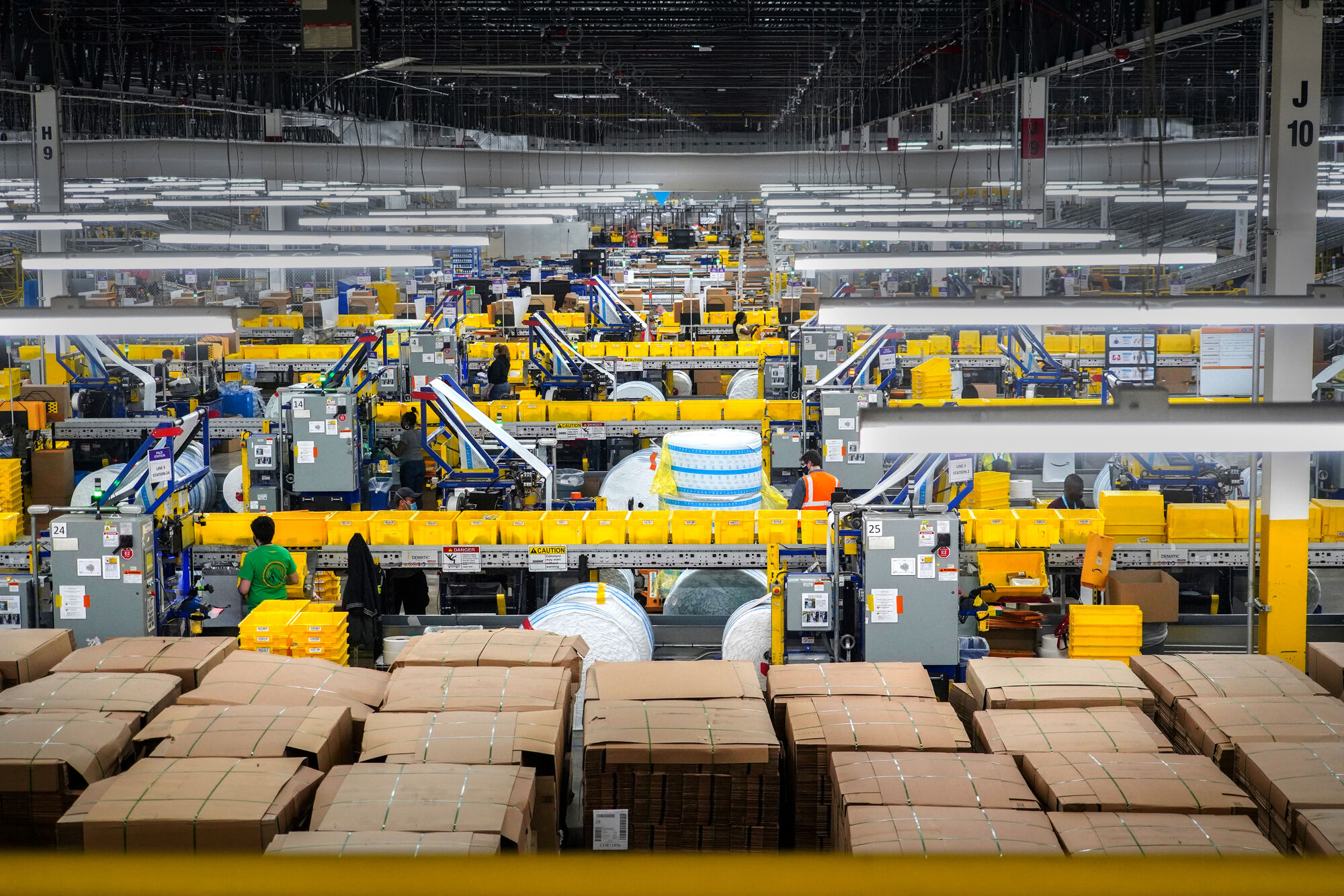Amazon, the global e-commerce giant, has established a vast network of warehouses worldwide, often referred to as fulfillment centers. These warehouses are at the heart of Amazon’s ability to provide fast and reliable delivery to millions of customers. In this article, we will explore Amazon’s warehouse operations, their impact on the company’s profitability, and how they relate to Amazon’s Profit and Loss Statement.
The Significance of Amazon’s Warehouses
Amazon’s warehouses serve as critical components of its supply chain, allowing the company to store, process, and ship a wide range of products efficiently. These fulfillment centers are strategically located to reduce delivery times and improve customer satisfaction. They play a pivotal role in Amazon’s overall business strategy.
Efficiency in Operations
Amazon’s warehouses are designed for maximum efficiency. Cutting-edge technology, such as robotics and automation, is employed to optimize order processing and minimize errors. The company’s focus on innovation has led to the development of robots like Kiva, which transport products to human workers, speeding up the order fulfillment process.
Efficient operations in Amazon’s warehouses result in several benefits:
- Faster Delivery: By strategically placing warehouses near major population centers, Amazon can offer same-day or next-day delivery to a significant portion of its customer base, giving it a competitive edge.
- Reduced Operating Costs: Efficient warehouse operations help minimize labor costs and overhead expenses, contributing to improved profitability.
- Inventory Management: Amazon employs advanced algorithms and machine learning to manage inventory effectively. This ensures that products are in stock when needed, reducing the risk of stockouts or overstock situations.
Impact on Amazon’s Profit and Loss Statement
Now, let’s examine how Amazon’s warehouses and their efficient operations impact the company’s Profit and Loss Statement:
- Revenue Growth: Amazon’s warehouses play a vital role in facilitating a seamless shopping experience for customers, contributing to increased sales and revenue. The top line of Amazon’s Profit and Loss Statement reflects this revenue growth.
- Cost of Goods Sold (COGS): Warehousing expenses, including the cost of storing, picking, packing, and shipping products, are included in the COGS section of the Profit and Loss Statement. Efficient warehousing operations help control these costs.
- Gross Profit: Gross profit is calculated by subtracting COGS from total revenue. Amazon’s focus on efficient warehousing contributes to a healthy gross profit margin.
- Operating Expenses: While warehousing expenses are part of the COGS, there are other operating expenses related to warehouse operations, such as employee salaries, maintenance, and utilities. Managing these expenses effectively is crucial for maintaining profitability.
- Operating Income (Operating Profit): Operating income represents the profit after subtracting operating expenses from gross profit. Efficient warehouse operations contribute to Amazon’s strong operating profit.
- Net Income (Profit After Taxes): The bottom line of the Profit and Loss Statement, net income, reflects Amazon’s overall profitability. Efficient warehousing operations, along with other factors, impact this figure.
Conclusion
Amazon’s warehouses are essential cogs in the company’s vast e-commerce machine. They enable Amazon to provide customers with fast and reliable delivery, contributing to the company’s tremendous success and revenue growth. Moreover, the efficient operations within these fulfillment centers play a significant role in controlling costs, improving profitability, and ensuring the smooth functioning of Amazon’s supply chain.
As Amazon continues to innovate and expand its network of warehouses, its focus on efficiency will remain central to its profitability. The impact of efficient warehousing can be observed throughout the company’s financial statements, particularly in the Profit and Loss Statement, where it contributes to healthy gross and operating profit margins. In summary, Amazon’s warehouses are not just physical storage spaces; they are a key driver of the company’s financial performance and its ability to meet customer demands in the digital age.
